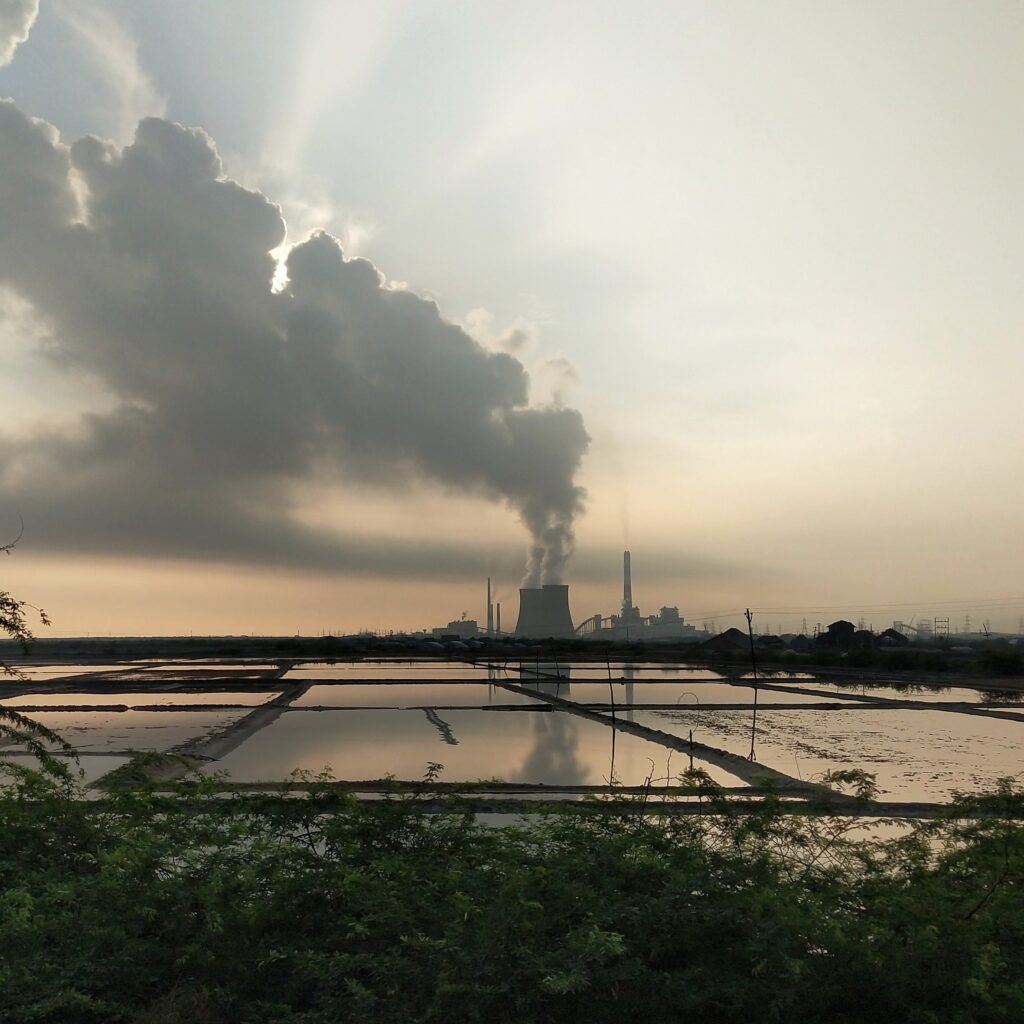A nuclear power plant’s activity is somewhat similar to that of a coal or gas power plant. The key distinction is the type of hearth they use. A nuclear power plant has a nuclear reactor instead of a coal or gas boiler. The benefit of such power plants is that they can generate a large amount of energy with a small amount of nuclear fuel.
In reality, it’s similar to a coal-fired power plant, with the exception that the heat source is different. If heat is produced in a conventional power plant by burning coal in a furnace, heat is generated in a nuclear power plant by fissioning the nuclei of uranium atoms within the reactor.
Process Of Fission
The process of fission occurs when uranium is moulded into special pellets and arranged in pipes, the so-called fuel rods, under the influence of neutrons. As a result, fission fragments (two nuclei of lighter elements), neutrons, and gamma radiation are formed.
The fission products are subjected to further nuclear transformations, which result in the release of steam. Some of them also emit lagging neutrons, which are different from fission neutrons, which are produced immediately by uranium fission. The neutrons produced in the fission reaction cause other uranium nuclei to fission, resulting in a chain reaction.
The latter is controlled by using so-called control rods made of neutron-absorbing materials, as well as suitable admixtures of these materials in the fuel and coolant.
The so-called moderator is an essential component that enables the chain reaction to continue in the reactor. This term refers to a substance that slows neutrons as they scatter on the atomic nuclei of the moderator material. Since the neutron is likely to start a fission reaction, this slowdown is needed. For low-energy neutrons, with energies on the order of the kinetic energy of air molecules at room temperature, it is relatively high. Thermal neutrons are the name given to these neutrons.
Fission Neutrons
Fission neutrons have energies up to tens of millions of times higher and do not effectively trigger fission reactions, hence the need to slow them down. Water is a common and inexpensive moderator, allowing neutrons to transfer the majority of their energy to protons, which are hydrogen nuclei contained in water. As a result, water will serve as a moderator and a coolant at the same time.
The importance of this last feature cannot be overstated. Keeping the right amount of water in the reactor core prevents it from overheating and melting. Any significant reactor failure begins with this form of operation.
The Core Of A Nuclear
The reactor, which is at the core of a nuclear power plant, transforms nuclear fuel energy into heat. The heat raises the temperature of the water to the point where steam is generated, which drives the turbine. The turbine is connected to a generator, which generates electricity and sends it to the grid.
The safety bars and control rods, as well as the people. In charge of overseeing the reactor’s and the entire power plant’s operation. Which are responsible for keeping the reactor in good working order.








